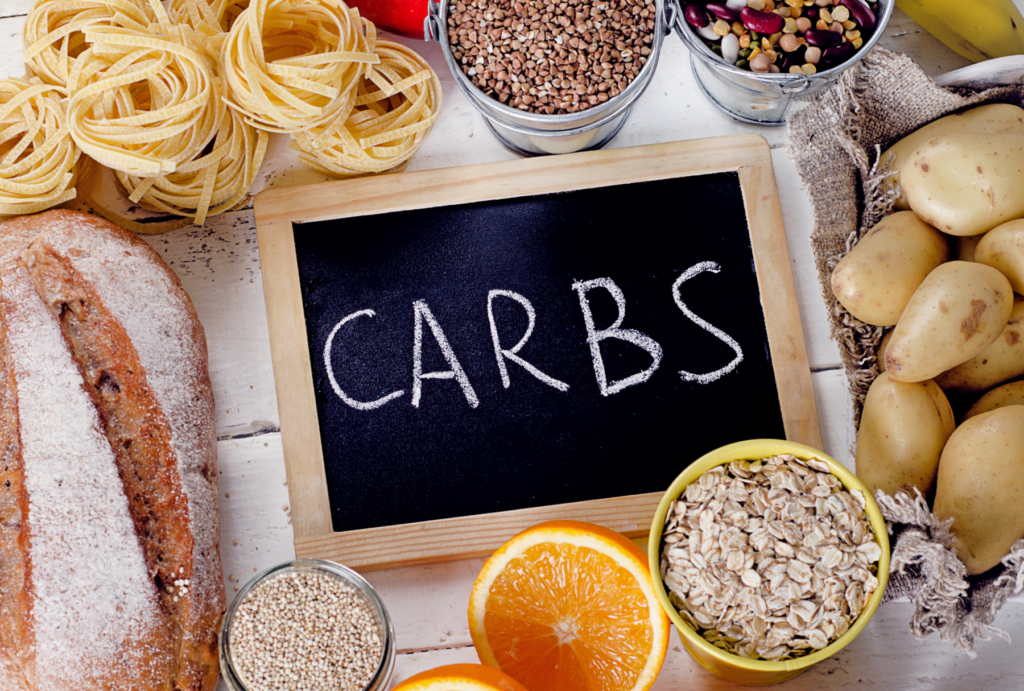By Dr. Troy Rand

If you’re preparing for a triathlon or any endurance event lasting more than 90 minutes, carbohydrate loading can give you a critical performance edge. While the science behind carb loading can be complex, applying it doesn’t have to be. Here’s a straightforward guide on how to effectively carb load without over complicating things.
Why Carb Loading Matters
Carbohydrates are the primary fuel source for endurance exercise. During high-intensity efforts, your body relies heavily on stored carbohydrates, known as glycogen, which is found in your muscles and liver. Even during lower-intensity efforts, glycogen plays a significant role, especially when the exercise lasts a long time.
When your glycogen stores run low, you’re likely to experience fatigue, commonly referred to as “hitting the wall.” Carb loading helps ensure your glycogen reserves are topped off before race day, reducing the likelihood of early fatigue and helping you maintain a steady pace throughout the event.
Who Should Carb Load?
Carb loading is recommended for endurance events lasting longer than 90 minutes, such as:
- Full or half marathons
- Triathlons
- Long-distance cycling events
- Ultra runs
If your event is shorter than 90 minutes, you don’t need to worry about carb loading, as your normal glycogen levels should be sufficient.
The Simple Carb Loading Protocol
Forget the outdated, complicated protocols that involve several days of carb depletion followed by carb loading. Modern research shows that carb loading can be done effectively by simply increasing your carbohydrate intake for 1-2 days before your event.
Steps to Carb Load:
- Timing: Start increasing your carbohydrate intake 24 to 36 hours before your event.
- Carb Intake: Aim for 10-12 grams of carbohydrates per kilogram of body weight per day. For example, if you weigh 70 kg (about 154 lbs), you’ll need 700-840 grams of carbohydrates per day.
- Taper Your Training: Reduce your training intensity and volume during these days to minimize glycogen usage and maximize storage. You should already be doing this as part of your training program.
Example Carb-Loading Menu (for a 70 kg athlete)
- Breakfast:
- Oatmeal with banana and honey
- Glass of orange juice
- Whole grain toast with jam
- Snack:
- Fruit smoothie with Greek yogurt
- Lunch:
- Large bowl of pasta with marinara sauce
- Side of steamed vegetables
- Whole grain bread
- Snack:
- Rice cakes with peanut butter and sliced banana
- Dinner:
- Grilled chicken with a large serving of rice
- Roasted sweet potatoes
- Side salad with light dressing
- Evening Snack:
- Low-fat yogurt with granola
Race Day Nutrition
On race morning, have a high-carb, low-fiber breakfast about 2-3 hours before the start. Stick to easily digestible options like a bagel with honey, a banana, or a sports drink. During the event, use energy gels, chews, or sports drinks to maintain your carbohydrate levels.
Final Thoughts
Carb loading doesn’t have to be complicated. For events lasting more than 90 minutes, simply increase your carb intake in the 1-2 days leading up to the race, taper your training, and stay hydrated. By following this simple approach, you’ll start your race with full glycogen stores, giving you the energy you need to perform your best.
